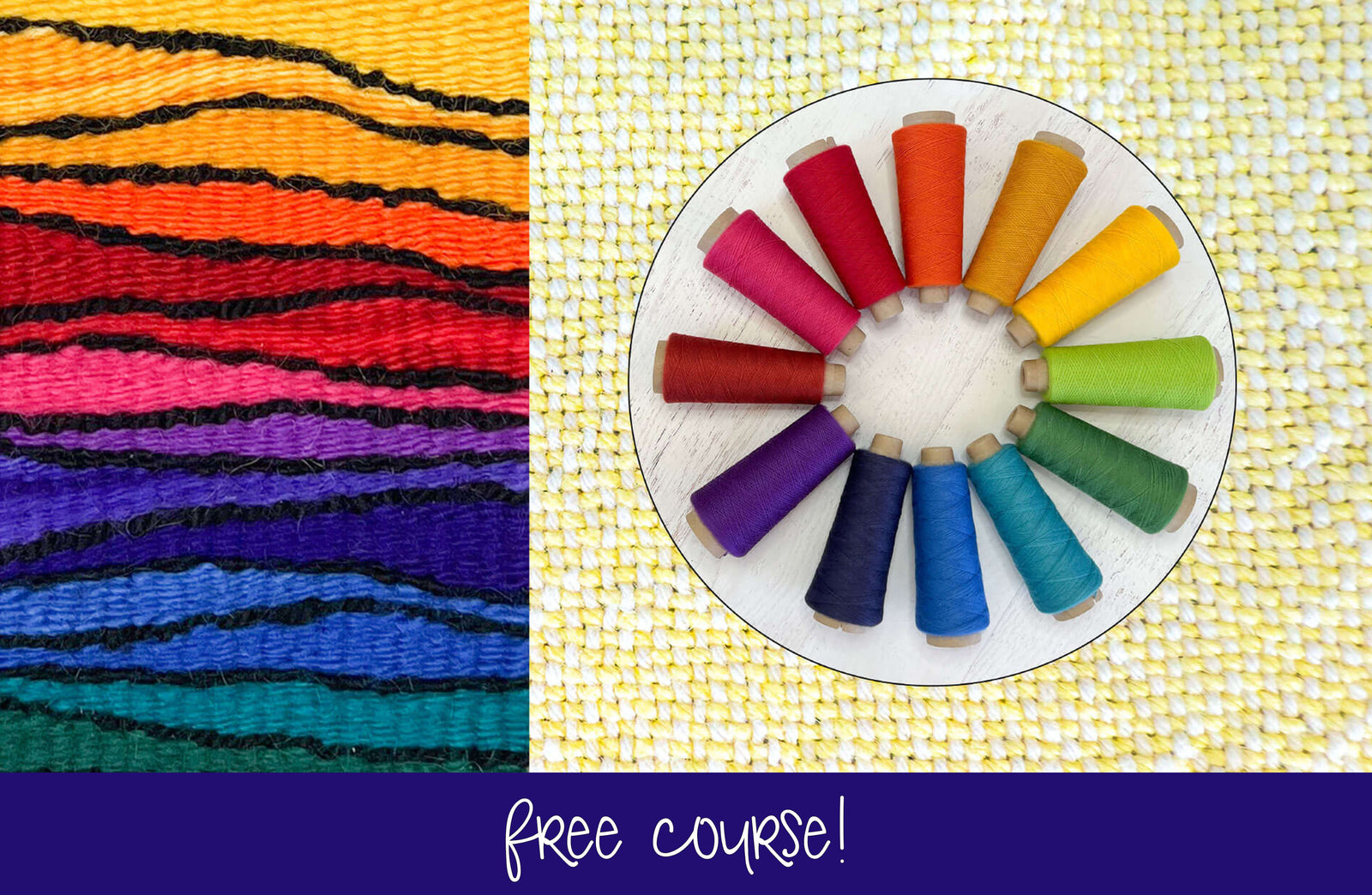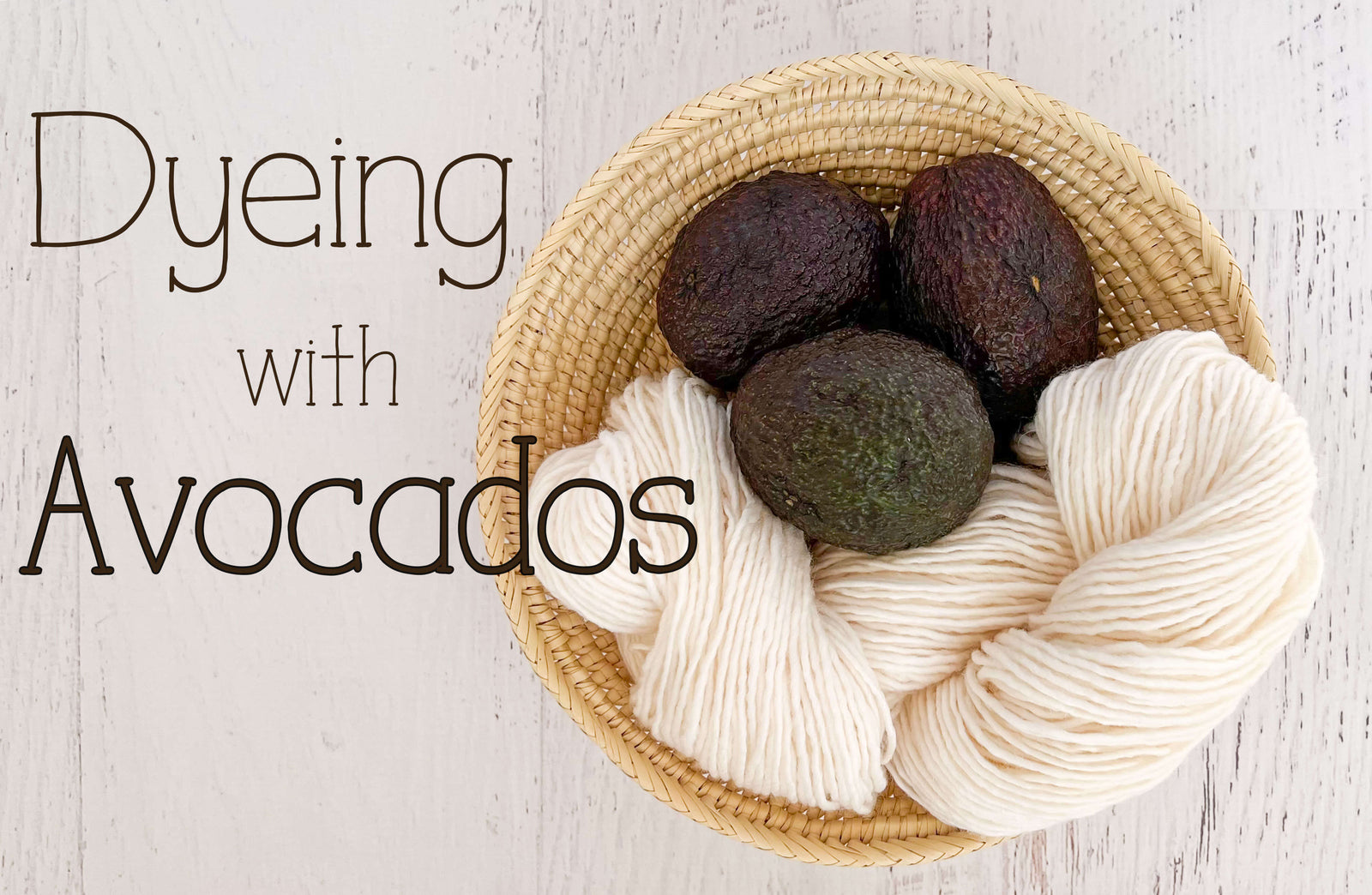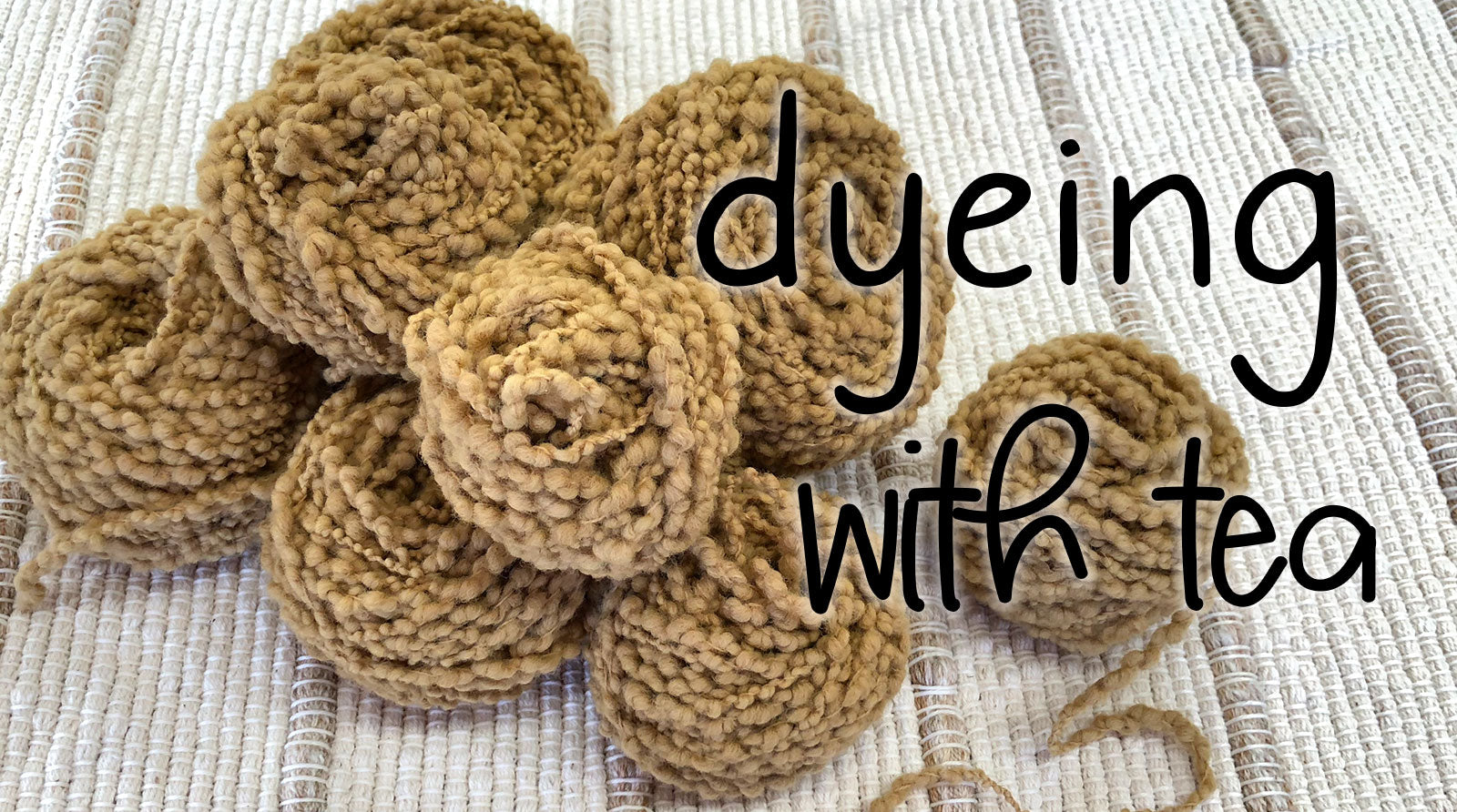Yarn Weights Explained
Measurements can vary by country, in this article I'll be referring to US terms.
Let’s get started!

The size refers to how many yards of the fiber it takes to make 1 pound of the yarn. This is called the yarn count.
For cotton, silk, and rayon:
Size 1 means there are 840 yards of the yarn in 1 pound.
Size 3 means there are 2520 yards of the yarn in 1 pound. (3 x 840)
Size 5 means there are 4,200 yards of the yarn in 1 pound. (4 x 840)
Size 10 means there are 8,400 yards of the yarn in 1 pound. (10 x 840)
Size 20 means there are 16,800 yards of the yarn in 1 pound. (20 x 840)
The larger the size number, the finer the yarn.

1-ply is also called single because there is only one strand.
Singles are usually delicate and are used in the weft when weaving.
(the weft is the yarn that goes back and forth across your loom.)
Roving is definitely a single yarn, it is meant for spinning into yarn, and when weavers put it into their work, they know it’s mostly for decoration.
2-ply yarn is nice and soft, yet more durable than 1-ply.

When you see yarn labeled 3/2 that means it’s a Size 3 yarn with 2-plies.


This is a photo of some of my cotton yarns.
They are typical sizes you’ll encounter when you’re shopping around.



Warp Yarn (the yarn that goes up and down on the loom)
The warp threads for any project need to be strung up tight, especially when you’re weaving a tapestry. You beat on those warp threads a lot, so it’s a good idea to choose a smooth, strong yarn, at least 3/2 is best.
Generally, the more plies, or strands, the stronger your yarn will be, but a finer yarn can still be very strong because there will be more twists per inch. Sewing thread is fine, yet quite strong.
A big factor in strength is the type of fiber the yarn is made of… which is another subject!
Go here to read more about fibers.
 Weft Yarn (The yarn that goes back and forth as you weave.)
Weft Yarn (The yarn that goes back and forth as you weave.)
It’s nice to use soft yarns for the weft, but you still need to think about the end product.
If it will hang on the wall, or get little handling, just use whatever you want, but if you plan to wash it a lot, or it will get played with, use a stronger yarn.
Wool, worsted wool, and linen have different yarn counts than cotton, but they follow the same size of yarn/number of strands rule. Learn more about choosing the right yarn for your weaving project.

Weavers use knitting yarn all the time, so it’s good to be familiar with their categories, too.
 Go to Craft Yarn Council for lots more information.
Go to Craft Yarn Council for lots more information.
Fiber Hound Yarns also has an excellent blog post to help you understand yarn weights.

Handbook of Timesaving Tips for Weaver, Spinners, and Dyers
I referred to this little gem of a book often while I wrote this post.
It’s simply a book of lists and explanations of yarn terms, measurements, and guides for planning your weaving projects. Nothing fancy, just a great reference.
It might be small, but worth every penny. I’ve had my copy since 1985, and the reference tables are timeless. It explains all types of yarns and fibers and how to plan them into your weaving projects. The last update was 2013, so it’s just as relevant now as ever.
If you click the image, you’ll be taken to Amazon, I receive a small compensation from Amazon when you do. You can probably find it at most weaving shops, too.

Hey there new weavers!
Are you confused by some of those weaving terms?
Fear not, I’ve got something to help you keep your brain sorted.
A pdf with photos and illustrations to make
learning the basic weaving terms easy.







